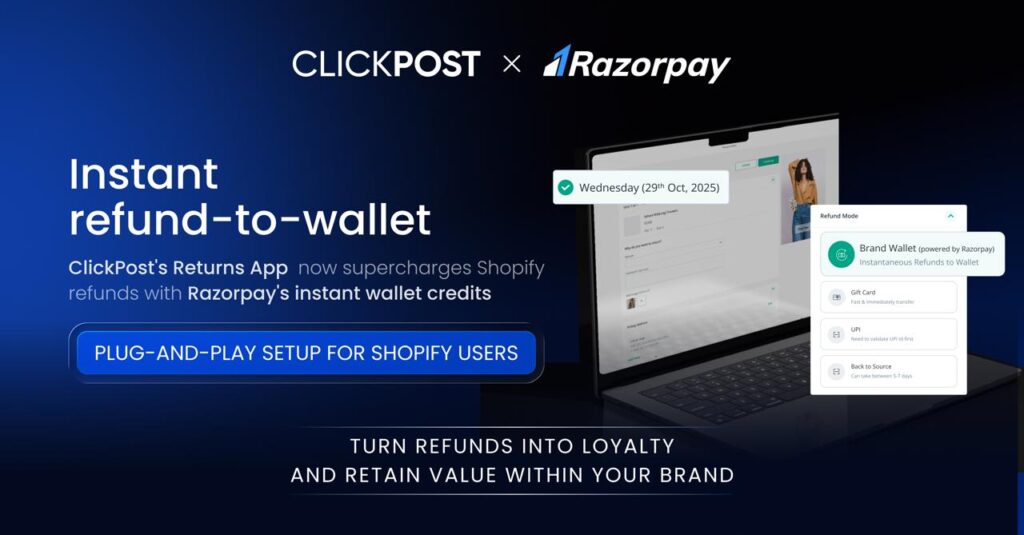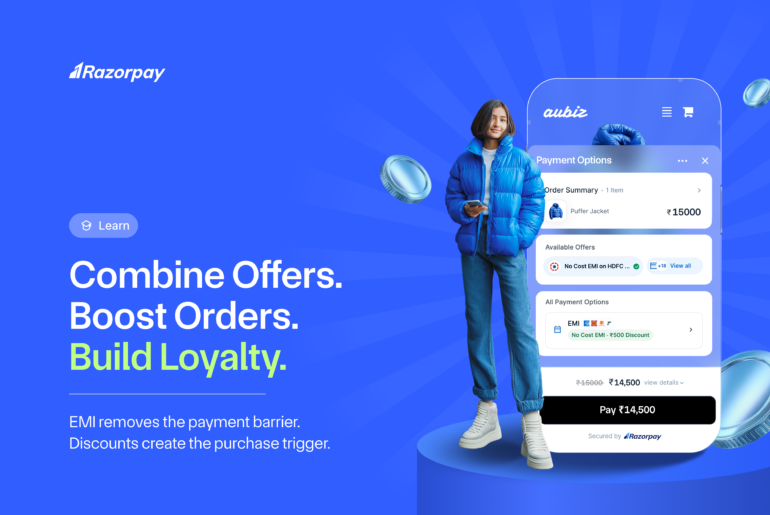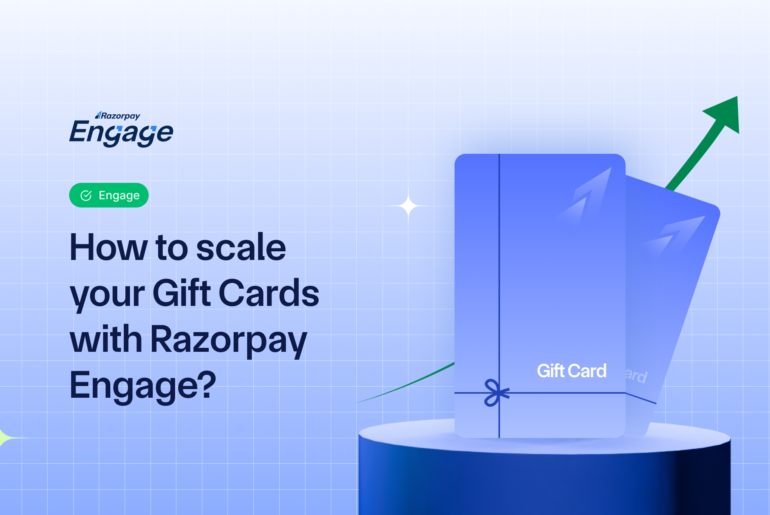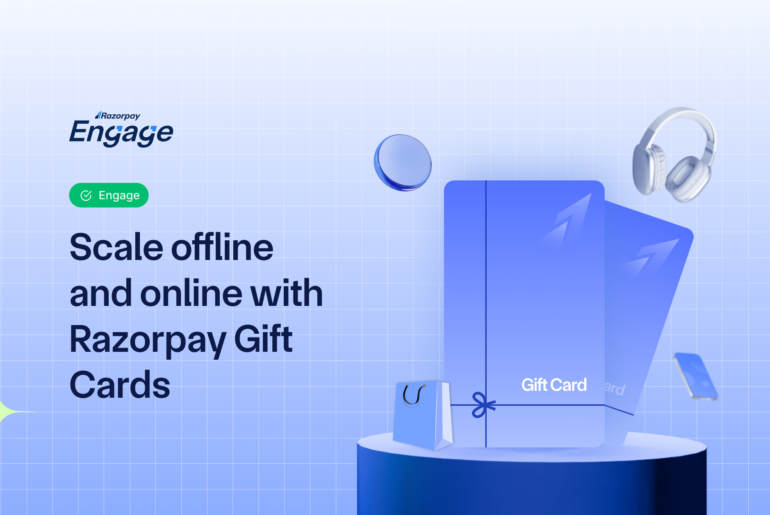Every founder knows that moment.
The order arrives, the customer unwraps it with excitement, but the fit’s off, or it’s not quite what they expected. A few clicks later, it’s marked “Return.”
It’s not the outcome you hoped for, but it’s also not the end of the story. Because that moment, the refund experience that follows, often decides whether that customer comes back to you again.
For D2C founders, returns aren’t just about reverse logistics. They’re about perception, a chance to show reliability, empathy, and speed.
Handled right, they can turn disappointment into trust. Handled poorly, they can undo months of effort in a single interaction.
And yet, most refund journeys today aren’t built for this reality. They’re functional, not emotional. Efficient, but not engaging.
That’s the opportunity – to make refunds work for your brand, not against it.
The Real Cost of Refunds for D2C Brands
Returns and refunds aren’t just operational tasks, they’re retention landmines. Let’s break down what the numbers show:
Here’s what the data shows:
- COD still dominates: About 60 % of Indian e-commerce orders are paid via Cash-on-Delivery (COD)
- High failure / RTO rates for COD: 25-30 % of COD orders end up in Return-to-Origin (RTO, i.e. failed delivery) (Dazeinfo). In contrast, prepaid orders have a failure rate of just 2-3 %.
- Repurchase uplift with refunds: Customers receiving instant refunds have been observed to show a 23 % higher repurchase rate in the following 30 days.
These stats illustrate the dual nature of refunds, when slow or clumsy, they drive customers away; when fast and seamless, they become retention levers.
Refunds can either close the door on a customer or invite them back in.
It all depends on how that moment is designed.
Why Are Brands Stuck
Most brands still refund customers through the original payment method, even for COD orders. It sounds standard, but it creates hidden friction at every step:
- It’s slow: COD refunds can take 5–7 business days, delaying customer closure.
- It’s leaky: Once the money leaves your ecosystem, re-engaging that customer becomes harder.
- It’s unbranded: The experience feels transactional, not thoughtful.
So while the process technically works, it doesn’t work for you. Your refund is completed, but your customer relationship isn’t.
The Shift: From Refunds to Re-engagement
Now imagine if a refund wasn’t just the end of a transaction — but the start of a new one.
That’s what Razorpay Engage + Clickpost are helping D2C brands achieve through Wallet Refunds, a faster, smarter, retention-first way to handle returns.
Here’s what changes when refunds stay within your ecosystem:
- Instant refunds into your brand’s wallet, even for COD orders.
- Customer choice at the return stage: “Refund to Source” or “Refund to Brand Wallet.”
- Higher repeat rates, because when the money stays with you, so does the customer.
The Impact: Before vs After Wallet Refunds
| Metric / Challenge | Before (Refund to Source) | After (Refund to Brand Wallet) |
| Refund Time (COD) | 5–7+ business days | Instant or near-instant |
| Customer Drop-off | High (refund leakage) | Lower — funds stay in your ecosystem |
| Repurchase Uplift | Depends on external factors | Up to +23% (instant refund models) (Signifyd) |
| Repeat Behavior | 17.8% higher for refunded vs non-returners (Loop Returns) | Can be further incented via wallet |
| Operational Burden | Manual reconciliations | Unified, API-driven, trackable flows |
| Marketing Leverage | Minimal | Refund becomes a marketing touchpoint |
Why This Strategy Works
- The “Money in Wallet” Effect
When customers see funds in your brand’s wallet, they perceive it as store credit — something meant to be used, not saved. That subtle psychological shift drives faster repurchase. - Instant Gratification Builds Trust
Refunds are emotional. Waiting for one creates anxiety; receiving one instantly creates reassurance. A fast refund tells your customer, “We’ve got you.” - Retention You Can Actively Shape
Wallet refunds keep customers within your ecosystem, giving you the power to re-engage them through bonuses, reminders, or limited-time offers. - Turning a Cost into a Growth Lever
Refunds no longer drain revenue. They return as credit that fuels your next conversion, a cost that reinvests in loyalty.
The Bottom Line
E-commerce has always been built on two things: speed and trust. Refunds sit at the intersection of both.
When they’re instant, they don’t just end a return, they rebuild confidence. When they stay in your ecosystem, they don’t mark an ending, they open another door.
With Razorpay Engage and Clickpost, D2C brands can turn refunds, one of the most overlooked parts of the customer journey, into one of their strongest retention drivers.
Because every return deserves a comeback.



